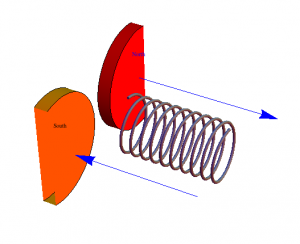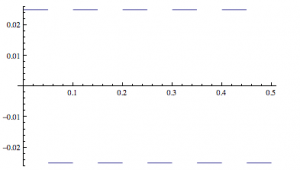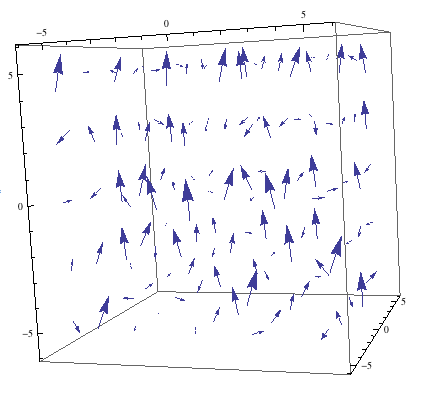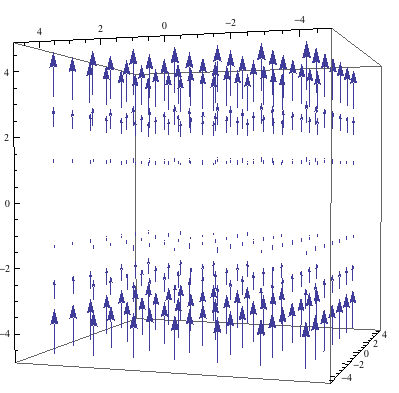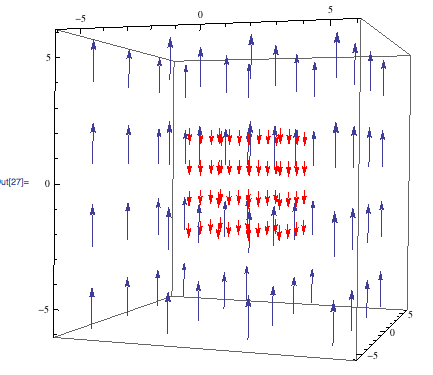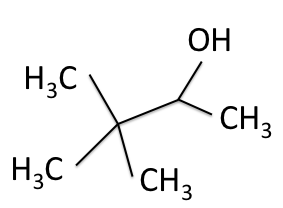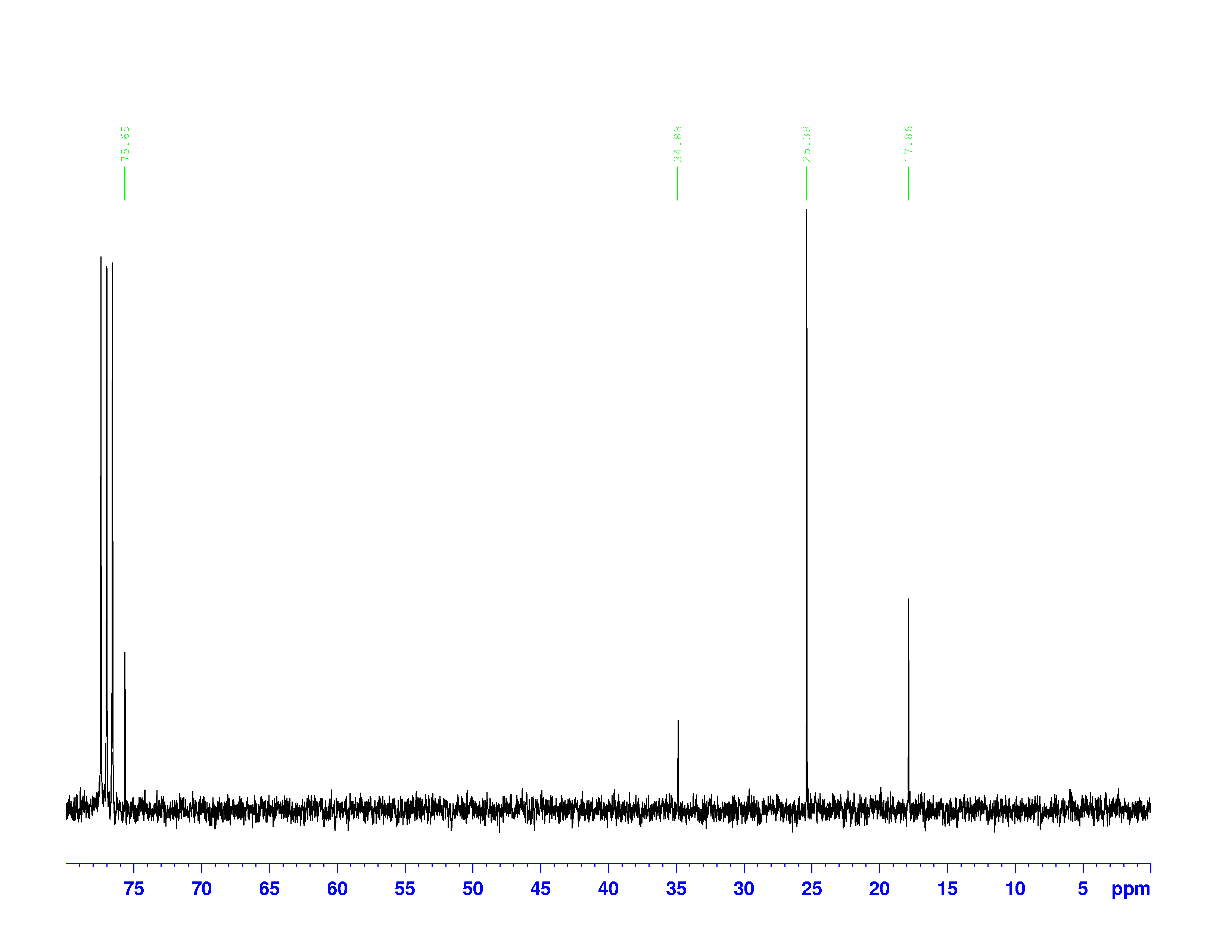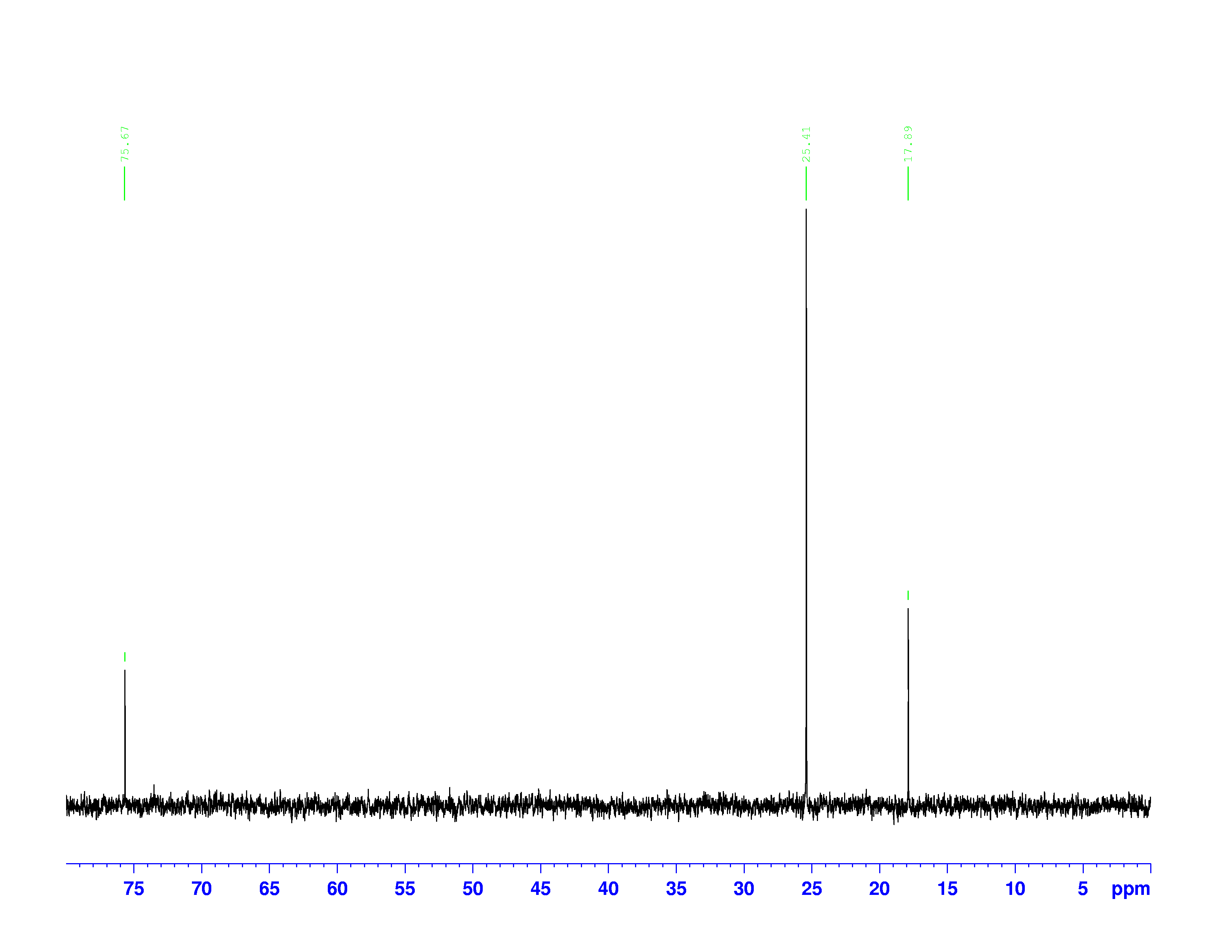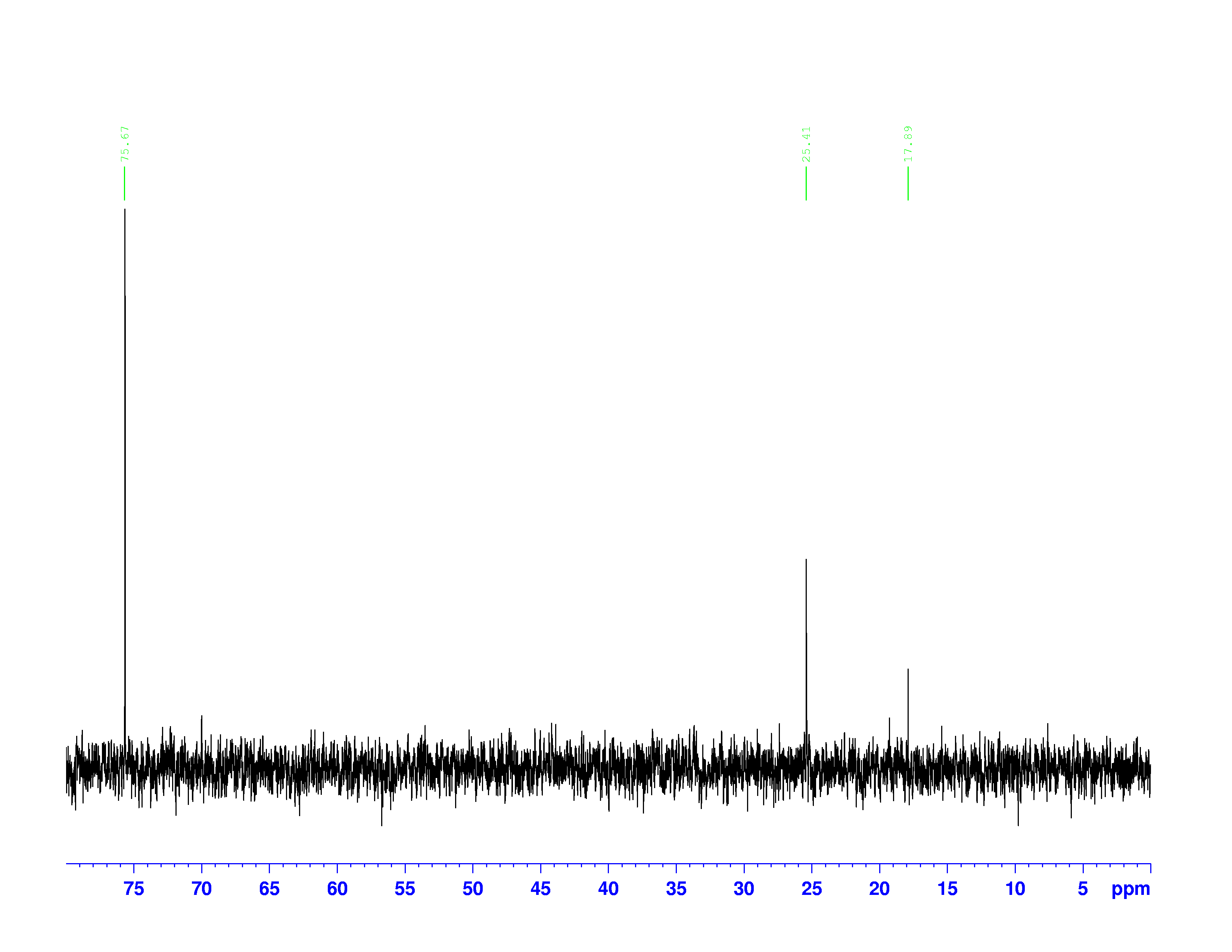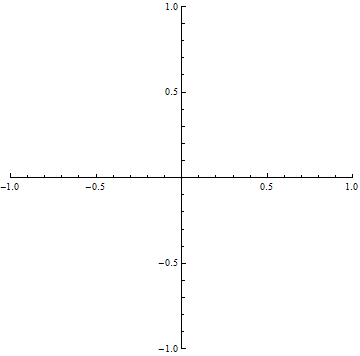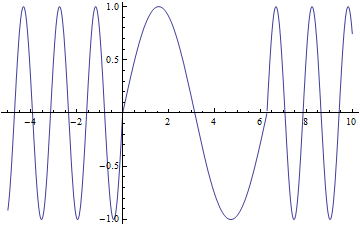I modeled the effect of $\bigtriangleup k$ using the equation:
(1) 
2.2.20 Nonlinear optics Robert W.Boyd
This can be simplified to $I_{3} = I_{3}(max)\frac{\sin^{2}(\frac{\bigtriangleup kL}{2})}{(\frac{\bigtriangleup kL}{2})^{2}}$
Fig 2.2.2 Nonlinear optics Robert W.Boyd
Link to mathematica code https://vspace.vassar.edu/tasanda/sinc.nb
It shows the harmonic generation output as a function of the phase match $\bigtriangleup k$ when $\bigtriangleup k \sim 0$
Link to mathematica code https://vspace.vassar.edu/tasanda/Manipulation.nb
This model shows the effect of superposition of waves and explains why intensity is largest when $\bigtriangleup k=0$
Deriving Efficiency
Solving the general wave equations for the two frequencies $\omega_{1}$(incident) and $\omega_{2}$(Second harmonic) we obtain coupled-amplitude equations.
(2) ![]()
(3) ![]()
2.6.10, 2.6.11 Nonlinear optics Robert W.Boyd
Where $\bigtriangleup k = 2K_{1}-k_{2}$ is the wave vector mismatch. Integrating these equations gives us
$A_{1}=(\frac{2\pi I}{n_{1}c}) u_{1}e^{i\phi_{1}}, A_{2}=(\frac{2\pi I}{n_{2}c})u_{2}e^{i\phi_{2}$
2.6.13, 2.6.14 Nonlinear optics Robert W.Boyd
The new field amplitudes $u_{1}$ and $u_{2}$ are defined such that $u_{1}(z)^{2} + u_{2}(z)^{2} = 1$(conserved normalized quantity). Next we introduce a normalized distance parameter
$\zeta=\frac{z}{l}$ where $l=(\frac{n^{2}_{1}n_{2}c^{3}}{2\pi I})^{\frac{1}{2}}\frac{1}{8\pi \omega_{1} d}$
2.6.18, 2.6.19 Nonlinear optics Robert W.Boyd
$l$ is the distance over which the fields exchange energy.
$\frac{du_{1}}{d\zeta}=u_{1}u_{2}sin\theta$ and $\frac{du_{2}}{d\zeta}=-u^{2}_{1}sin\theta$.
2.6.22, 2.6.23 Nonlinear optics Robert W.Boyd
If we assume $cos\theta=0$ and $sin\theta=-1$ the equations simplify to $\frac{du_{1}}{d\zeta}=-u_{1}u_{2}$ and $\frac{du_{2}}{d\zeta}=u^{2}_{1}$
2.6.31, 2.6.32 Nonlinear optics Robert W.Boyd
The second equation can be written as $\frac{du_{2}}{d\zeta}=1-u^{2}_{2}$(from conservation).
Hence $u_{2}=tanh(\zeta+ \zeta_{0})$. Initially we assume there is only the incident beam and no harmonic generation hence $u_{1}(0)=1, u_{2}(0)=0$. Therefore $u_{2}= tanh\zeta$ and $u_{1}=sech\zeta$. Plotting these two equations below shows that incident waves are converted into the second harmonic.
Fig 2.6.3 Nonlinear optics Robert W.Boyd
Link to mathematica code https://vspace.vassar.edu/tasanda/u1u2.nb
The efficeincy $\eta$ for the conversion of power from incident wave $\omega_1$ to $\omega_{2}$ is
(4) ![]()
2.6.43 Nonlinear optics Robert W.Boyd
From the diagram it seems like increasing the medium length will increase the amplitude but doing so is not practical. Generally a higher pump intensity leads to a larger $\eta$ except to the limit of very high conversion efficiency.
Taking an example of a medium of 1cm length, the efficiency equals $tanh^{2}(1)$ which is $58\%$

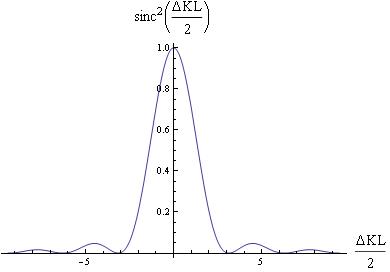

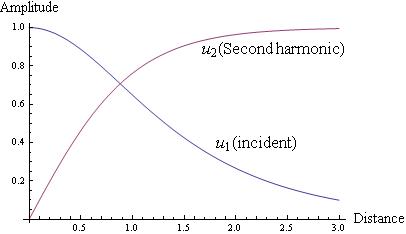







![Rendered by QuickLaTeX.com \begin{equation*} M_\delta = \dfrac{1}{\sqrt{2}}\left[ \begin {array}{ccc} e^{j\delta}&0\\ \noalign{\medskip} 0&e^{-j\delta} \end {array} \right] \end{equation*}](https://pages.vassar.edu/magnes/wp-content/ql-cache/quicklatex.com-e6eb01795d8c2f32c200ebdcdc2fb573_l3.png)
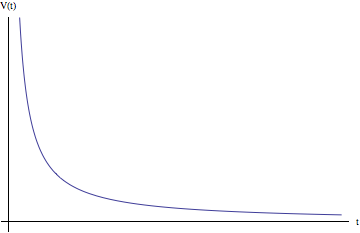
![Rendered by QuickLaTeX.com \begin{equation*} V = \frac{qc}{\sqrt{\left(c^2t-\frac{vz\sqrt{x^2+y^2+z^2}}{x^2+y^2+z^2}\right)^2 +\left(c^2-v^2\right)\left(x^2+y^2+z^2-c^2t^2\right)\right]}} \end{equation*}](https://pages.vassar.edu/magnes/wp-content/ql-cache/quicklatex.com-bb03d4a473db4f0166ae6687bb56e5f7_l3.png)
